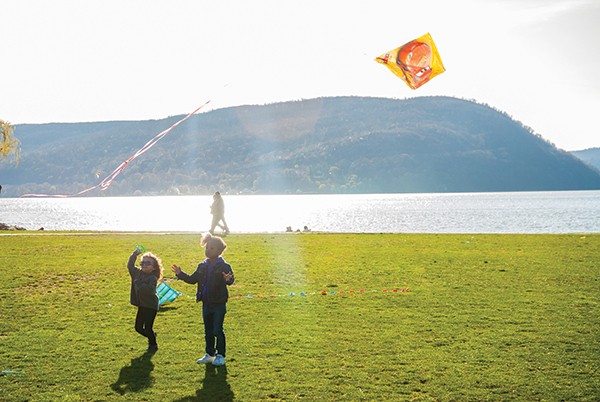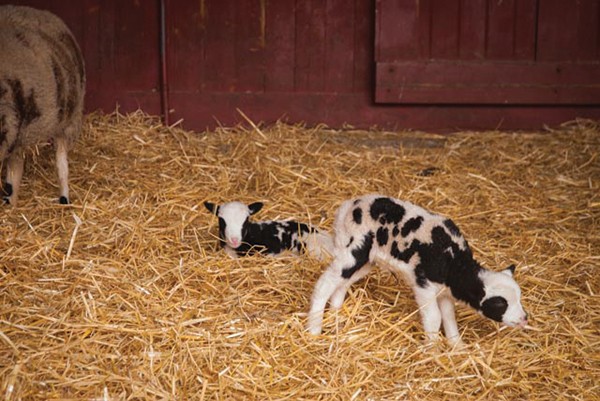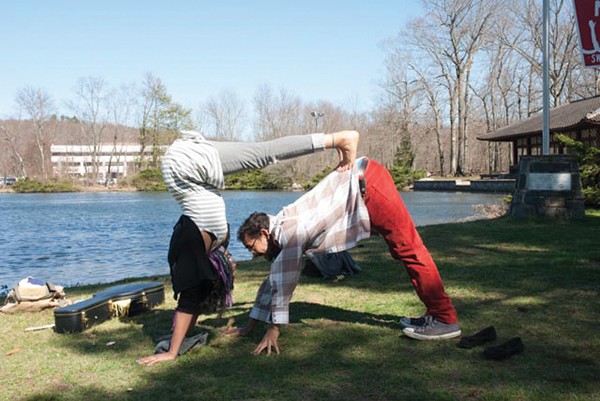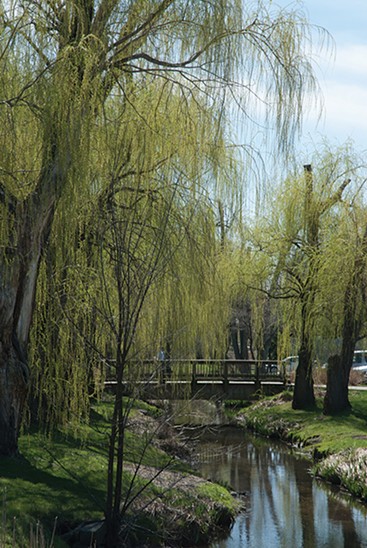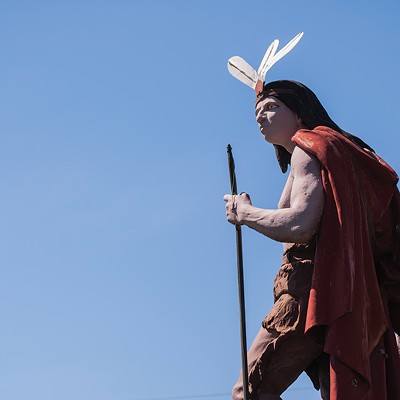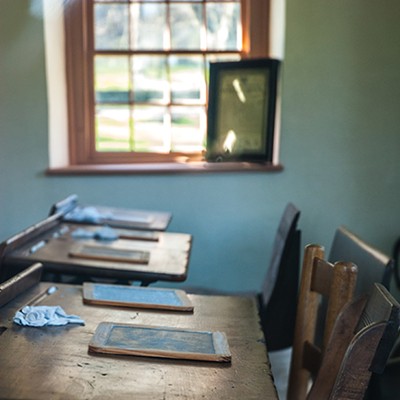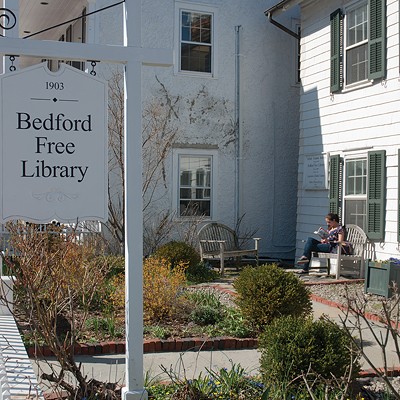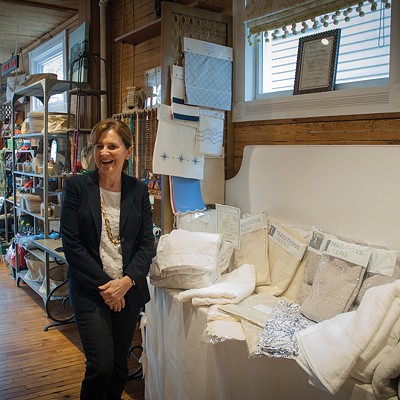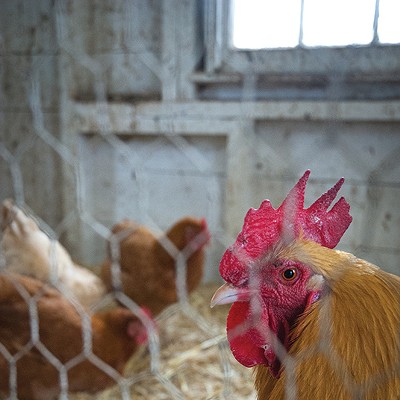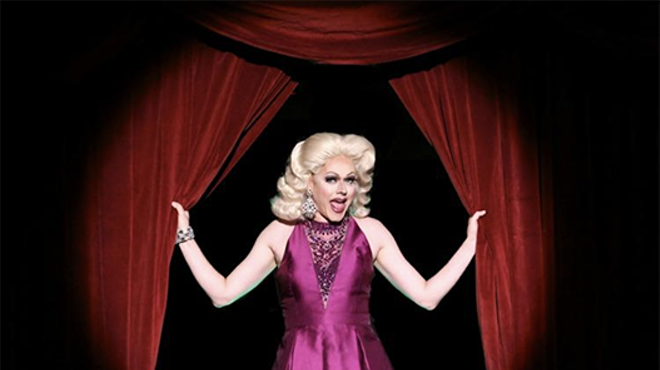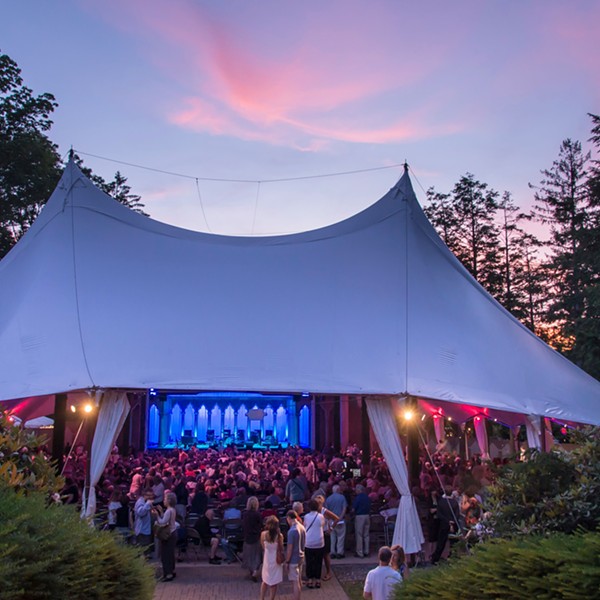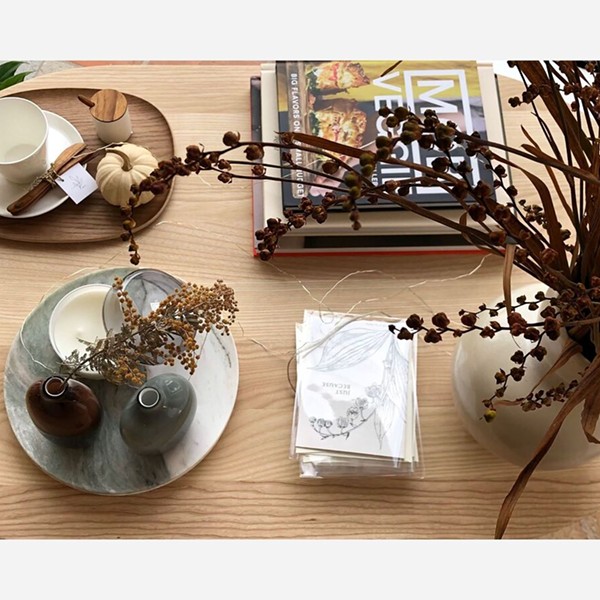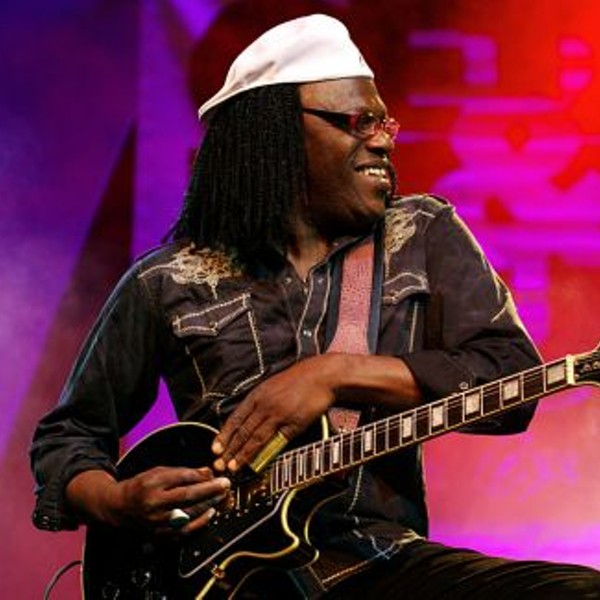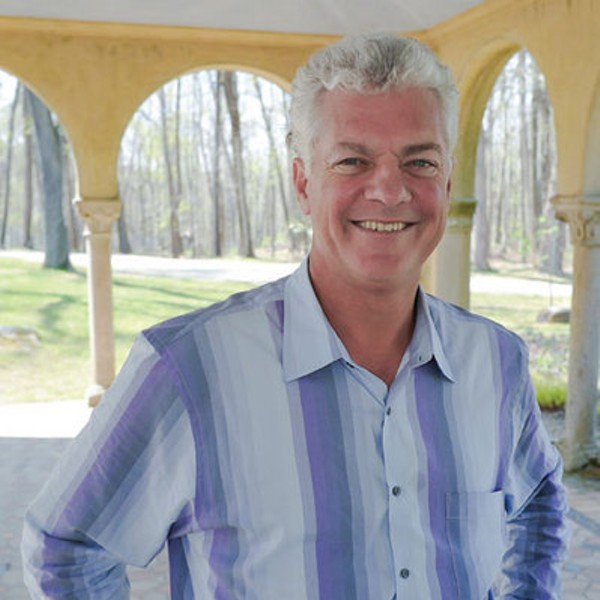Westchester's a rock star of a county. Towns like Scarsdale and Larchmont are synonymous with privilege and suburbia, populated by those who consider a half-hour a long commute. Then there's the other Westchester, north of Route 287—a Westchester of rolling green spaces and rocking towns and hamlets. Northern Westchester partakes of the Hudson Valley and of New England as much as it does of the great metropolis to the south, blending savoir faire and careful development with joyous collective creativity.
The meticulous curation and fierce love of place that have shaped this area might be exemplified by the Bedford Oak. With a branch-spread of about 120 feet, estimated to be five centuries old, it was already good-sized when a group of 22 Puritans purchased what would become Bedford in 1680. When land ownership changes appeared to threaten the oak in the 1970s, preservationists hastily arranged to buy the surrounding land. The oak stands preserved for the foreseeable future, as do the buildings around the village green, the over 100 linear miles of trails that make up the Bedford Riding Lanes, and much else that Bedford folks find good.
Bedford
This doesn't equate to being mired in the past. Bedford may be impeccable and serene, yet it's also the first municipality in New York to have incorporated a Climate Action Plan into its comprehensive plan. In Bedford, as in all of north Westchester County, they just cherish what they've got—green space, fine arts, local grub and one another all being high on the list.
The liveliest of Bedford Town's three hamlets is named for Chief Katonah, from whom the place was purchased all those years ago. When Katonah's original location was commandeered by New York City in the 1890s so that the Cross River Reservoir could be born, citizens picked up 50 buildings, put them on logs, and rolled them out of the way. Martha Stewart served her house arrest in Katonah and was still fond enough of the place to attempt to use the name as part of a trademark, homage that the Village Improvement Society and the Ramapough Mountain Indians joined together to decline.
Katonah
Katonah's already a Good Thing. The nationally recognized Katonah Museum of Art began in a room over the library and now mounts six major exhibitions a year; there's a sculpture garden, an interactive children's zone, and a packed schedule of festivities. The meticulously restored John Jay Homestead State Historic Site has state-of-the-art digital interactive exhibits in its visitors' center and maintains its own farm market and beekeeping school. Caramoor, the musical heart of Katonah, is a lush, vast estate built by a family with the express intention of eventually leaving it to the public, to which end they stuffed it with art; their evenings in the music room have evolved into a world class festival that presents everything from Verdi to the Amy Helm Band with tender loving joy. The Katonah Library's poetry series has hosted 14 Pulitzer winners and six national Poets Laureate; one such, Billy Collins, directed the program for years and still advises.
Even the retail gleams. Charles Department Store, family-run for 88 years now, thrives with a combination of solid quality and diversity—they've got your Wigwam socks, your Klean Kanteen drinkware, and your Dizzy Pig Barbecue Rub. They can sharpen your knives, resole your shoes, stretch your hat, and perform a "white-glove" installation of your new barbecue grill.
For sustenance, you can bliss out on fine Italian at the Blue Dolphin Ristorante, a former diner that kept its laid-back feel whilst transitioning to Italian food that sends reviewers soaring to joyous heights of praise and threatening to drink the sauces. Jimmy's Pub Bar is beloved for American and Irish pub classics, and the Katonah Restaurant serves breakfast all day long a block from the train station.
Mount Kisco and Somers
And that's just one hamlet in a region generously dotted with an individualistic mix of communities. Mount Kisco is the retail zone, flush with boutiques, home design outlets, and exotic curios and gifts. You've got your choice of 40 restaurants, from fast food to French, Pan-Asian, seafood and Thai.
If Mount Kisco is the region's "metropolis in the heart of horse country," as per Westchester magazine, then bucolic Somers might be the other end of the spectrum. Somers cherishes the memory of its circus era—watch for a pervasive yet tasteful elephant theme when you visit Somers, which you will want to do to experience Muscoot Farm.
Begun in 1880 as a gentleman's country paradise, forcibly relocated like Katonah at the turn of the century, and a working dairy for decades after that, the 770 acres of Muscoot Farm were taken over by Westchester County in 1967 and re-visioned into a living history museum. There are cattle, sheep, goats, fowl, and ponies, as well as a vegetable garden that serves the local food bank. Visitors are invited to enjoy bird walks, story times, demonstration, workshops, and permanent exhibits that bring farming history to life; admission is free, and they're open year round.
Peekskill and Ossining
There's more to the Northern Westchester zone than hamlets and horse country. The two good-sized river towns of Peekskill and Ossining, walkable from the Metro-North line, each have their own brilliance. Peekskill, faced with decline in the 1990s, had a Common Council sensible enough to realize that the important thing about a downtown is humans. Which humans? Artists, it was decided, tend to make great neighbors; among other things, they're home a lot and pretty up the place.
Peekskill poured resources into making itself a good place for artists to live and work, from targeted affordable live/work space to ardent support for core institutions like the Paramount Center for the Arts, a lovingly restored 1930s theatre. When the city-owned Paramount encountered a rough patch, the council reviewed three proposals before settling on a lease agreement with Red House Entertainment, run by a Peekskill native. Red House plans a blend of profit and nonprofit activities; look for a joyous grand-reopening in summer 2013. Meanwhile, all over town, you can view the works of the New Hudson River School as part of Peekskill Project V, a year-long orgy of exhibits, performances, and screenings presented by the Hudson Valley Center for Contemporary Art.
At the south end of the North Westchester coastline you'll find Ossining, site of the storied Sing Sing Correctional Facility. Once one of the most repressive institutions in the US, Sing Sing is now known as the birthplace of Rehabilitation Through The Arts. which has drawn in high-powered teaching in some seven different art forms and is proving itself that rare thing, a rehabilitative program that actually connects participants with their better selves and decreases their anger levels. Back in 1998, when tough-on-crime policy ended higher education in state prison, Sing Sing inmates found private-sector allies and the Hudson Link for Higher Education in Prison was born. Northern Westchester even does incarceration right.
And you needn't commit a felony to partake of great art in Ossining. There's a village-wide, summer-long sculpture installation kicking off May 5, part of the exuberant bicentennial of this history-rich gem of a town where, faced with the decline of industry, the powers that be aimed not just for mere survival but for what mayor William R. Hanauer calls an "expansive Renaissance." And in classic Northern Westchester style, you can dine there on anything from pizza and diner fare to Portuguese, Swiss, Japanese, or Caribbean specialties—just another aspect of this region of life lived large with good taste at the helm.
Resources
Beth Woogen, LCSW (914) 528-1420
Eiluj
Flat Iron Gallery
Harvey School
Peekskill Coffeehouse
Pilates on Hudson
Westchester Center for Digital Arts (914) 606-7301







